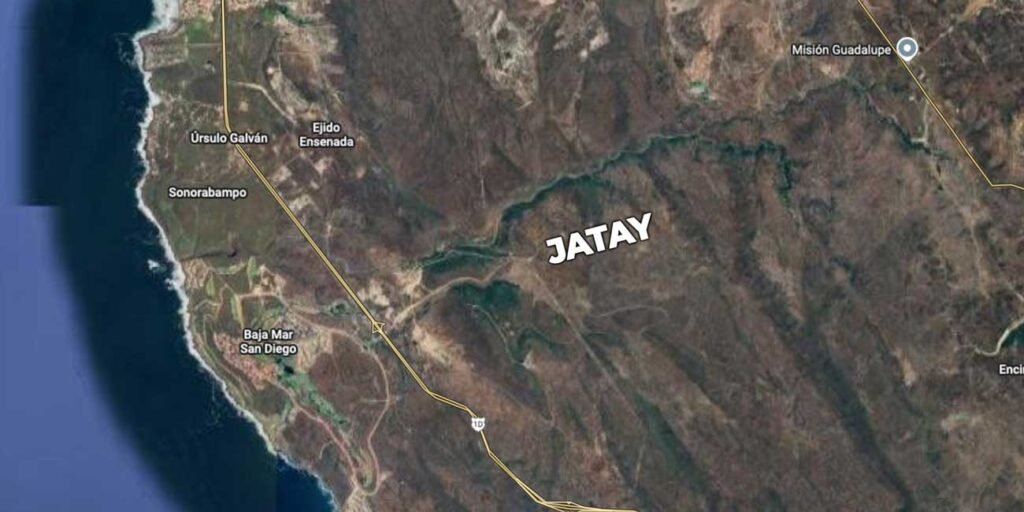They call it the “Bypass,” but it’s really a lifeline in waiting. The plan is to open a third route between Tijuana and Ensenada that also threads through Jatay, bringing together roads, cargo, and communities in a new alignment. Claudia Agatón Muñiz, Ensenada’s mayor, has long spoken of the idea. Now, the federal government has pledged support, and the project is gradually stepping into view.
The new bypass would stretch about 24 kilometers, built with two lanes, and cost close to 3,500 million pesos. The federal infrastructure agency SICT aims to begin construction in 2026, expecting completion in about four years. The goal isn’t just to add another road; it’s to provide a real alternative when the scenic highway gives way to landslides or congestion. And it’s about redirecting the flow of trade toward the industrial zones growing just north of the city.
That’s where Jatay comes in. The planned route will pass through this area, located right across the toll road from Bajamar, a spot better known for its golf resort and ocean views than for industry. But Jatay has been quietly evolving into something else. Grupo Jatay and local authorities have pitched a sprawling industrial park there, with investment figures reaching into the billions of pesos and talk of more than 5,000 new jobs. The bypass would give that project exactly what it needs: fast, direct access to Ensenada’s port and the main transport corridors to Tijuana.
The idea of a Jatay connection isn’t new. Business and civic leaders have pushed for years for a “ruta alterna” between Bajamar and Rancho Bonito, especially after sections of the scenic road collapsed. In 2013, a 300-meter stretch near kilometer 93 gave way, closing the road for nearly a year. That collapse was a wake-up call. Tourism, freight, and local trade all stalled. Ever since, a safer and more reliable inland route has been a recurring promise.
The new bypass is supposed to solve that once and for all. By channeling freight through Jatay and away from residential corridors, it would ease pressure on Ensenada’s entry points and cut down the clutter of trucks parked along urban roads. Mayor Agatón said it would also help move the city’s growing container traffic toward a new industrial park, freeing the port’s immediate surroundings from pollution and congestion.
Still, there are challenges ahead. The terrain between Jatay and Ensenada is tricky — steep, unstable, and environmentally sensitive. Land rights, permits, and public consultation will all play a role. And with a project of this scale, long timelines and shifting budgets are almost guaranteed. Local fishing communities have already voiced concerns about how expansion might affect their livelihoods, and environmental groups are watching closely.
The federal funding is in place, but the real test will be in how the project balances progress with preservation. Done right, the Ensenada Bypass could change the region’s logistics map, turning Jatay from a quiet patch of land across the highway into a key link in Baja’s trade network. Done wrong, it could just be another line on paper.
For now, optimism is cautiously on the rise. A third way between Tijuana and Ensenada — built not just for speed, but for resilience — may finally be more than just talk.



1 Comment